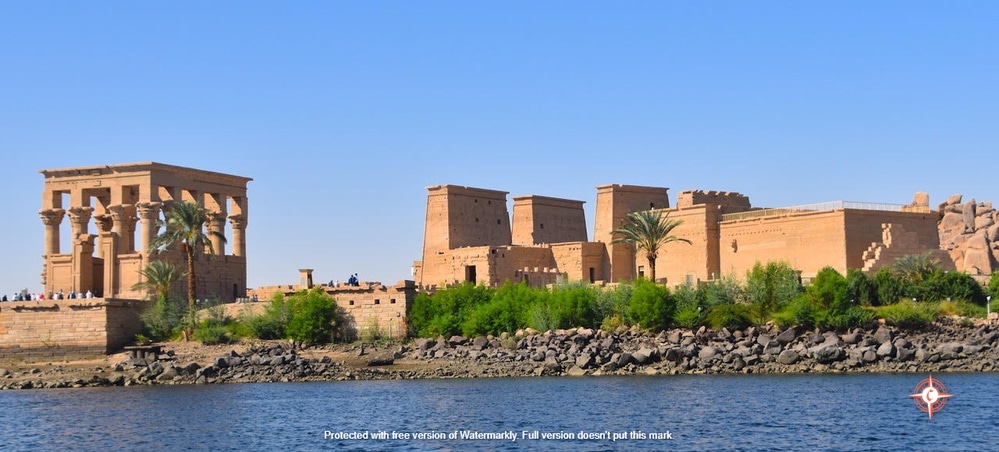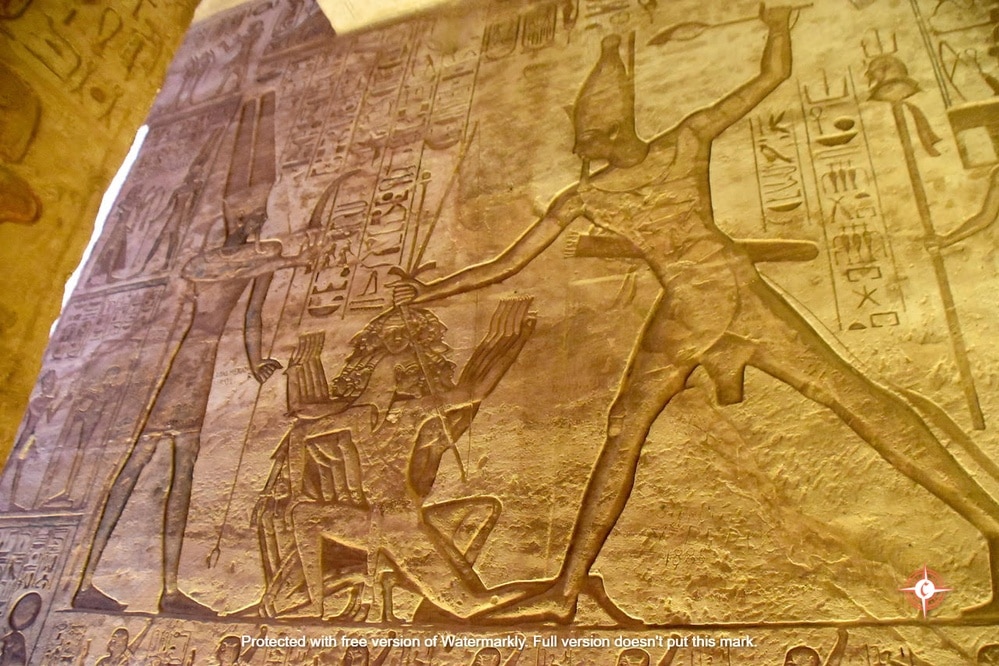Small temples of Egyptian Nubia, known since ancient times as Upper Egypt, the upstream Nile area of Southern Egypt and Northern Sudan, are no less grand in execution than Early Kingdom pyramids of Giza and Sakkara near Cairo. Less visited than dramatic massive pyramids, due to remote desert locations, Middle to Late Kingdom temples of Upper Egypt are stunning masterpieces of art, speaking across more than three millennia. Stand alone today in an inner temple chamber, where 3,200 years ago only high priests and royals could enter, to absorb the effort of an army of artisans, who deployed the magic of the gods to grant long life to their king. Be a witness to their eternity.

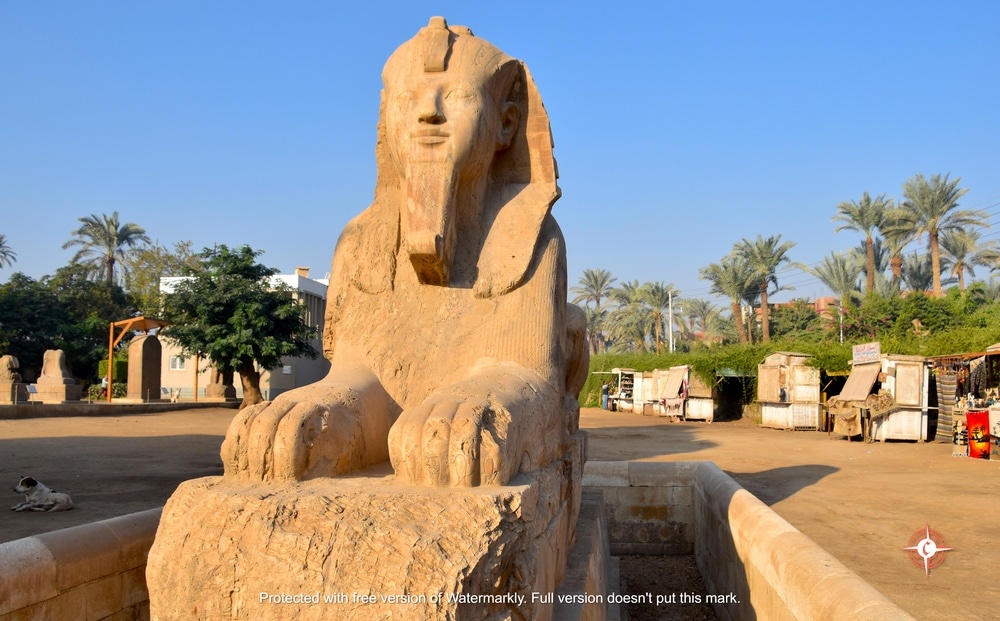
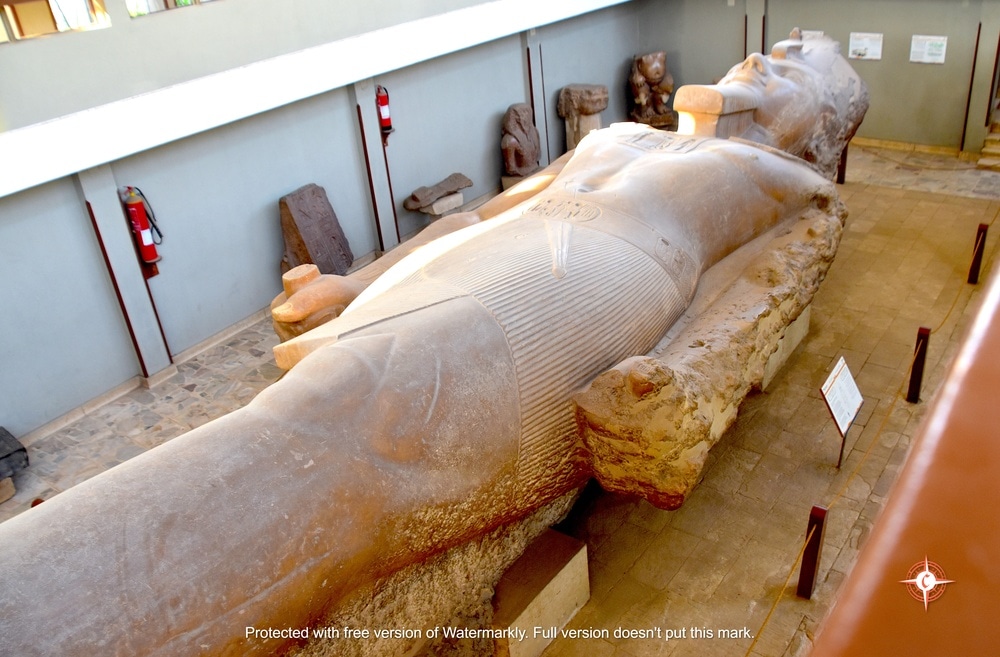
Alexander the Great, the Macedonian/Greek conqueror, came through Egypt in the fourth century BCE, at a time the epoch of pharaohs gave way to the Greco/Roman era of dominance of Egypt. The great conqueror looked at the temples and asked who will write his story. He was revered as a god-king in the Eastern Mediterranean, yet the eloquence of the walls of Abu Simbel and throughout Upper Egypt are unmatched testaments in stone. Alexander was justified in his jealousy.
More than five thousand years ago, Egypt’s pharaonic period began, when Menes, whose god-king name was Narmer, joined Upper and Lower Egypt, beginning the first of thirty dynasties. Credit for the first great pyramid goes to Djoser of the third dynasty. His Step Pyramid in Sakkara, across the Nile from his capital at Memphis, was a feat of peace-time engineering, under the brilliant architect Imhotep. Imhotep’s tomb has not been found. The museum recognizing his ability is found today in Sakkara, amidst his creations.


A lesser architect, cutting costs, resulting in the collapse of a great seven-step pyramid, Meidum, now a rubble heap with a lone tower remaining at the center, caused future pharaohs to run from bad karma, or ke, to Giza. In Giza, during the single century of the Fourth Dynasty, 2600 to 2500 BCE, great pyramids were built. Visitors to Giza today can squeeze through small, dark, unadorned, airless passageways, to enjoy a sauna under thirty tons of rock. Outside, carnival camel rides and souvenirs await.
The pyramid of Khafre is known for his Sphinx. Visitors to the Sphinx today wander through Khafre’s mortuary temple. Egyptologists, those researchers who have written vast volumes pondering the little knowledge gleaned from looted temples and tombs, doubt any pharaoh was ever entombed under a pyramid. They are certain however, that the cost and time to build a pyramid was soon an unaffordable luxury. Highly adorned mortuary temples, not far from hidden tombs, became the preference of future pharaohs.
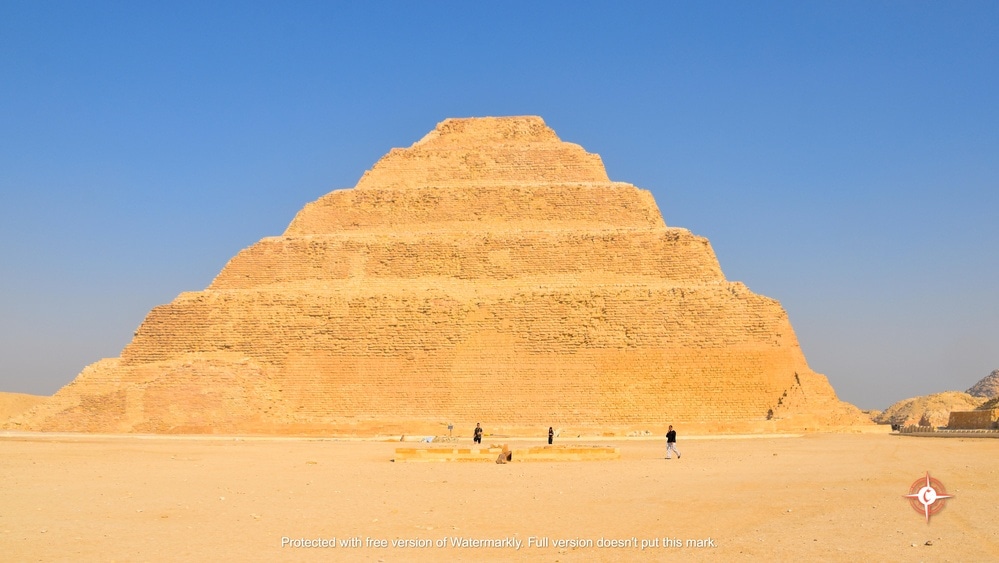

Middle Kingdom pharaohs moved their capital from Memphis to Thebes, now known as Luxor. There the Temple of Karnak is a layered time capsule of pharaonic history. While New Kingdom pharaohs of the sixteenth to tenth century BCE were adding to Karnak, they kept an eye on rebellious Upper Egypt. To mark their territory, temples were built in Upper Egypt, of the same style as Karnak; smaller in scale, yet gloriously adorned.
Upper Egypt was also the Nubian Kingdom of Kush. To ancient Egyptians, red people of the north and black people of the south were all Egyptians. Intermarriage of royals was common. The twenty-fifth dynasty of Egypt is known as the Nubian Dynasty, from 744 to 656 BCE, as all pharaohs of the period were Nubian. Nubian pharaohs continued temple building. Present day Nubian people played a large role in the effort to rescue heritage from drowning in Lake Nasser, built to send hydro-electric power to Cairo and Giza.
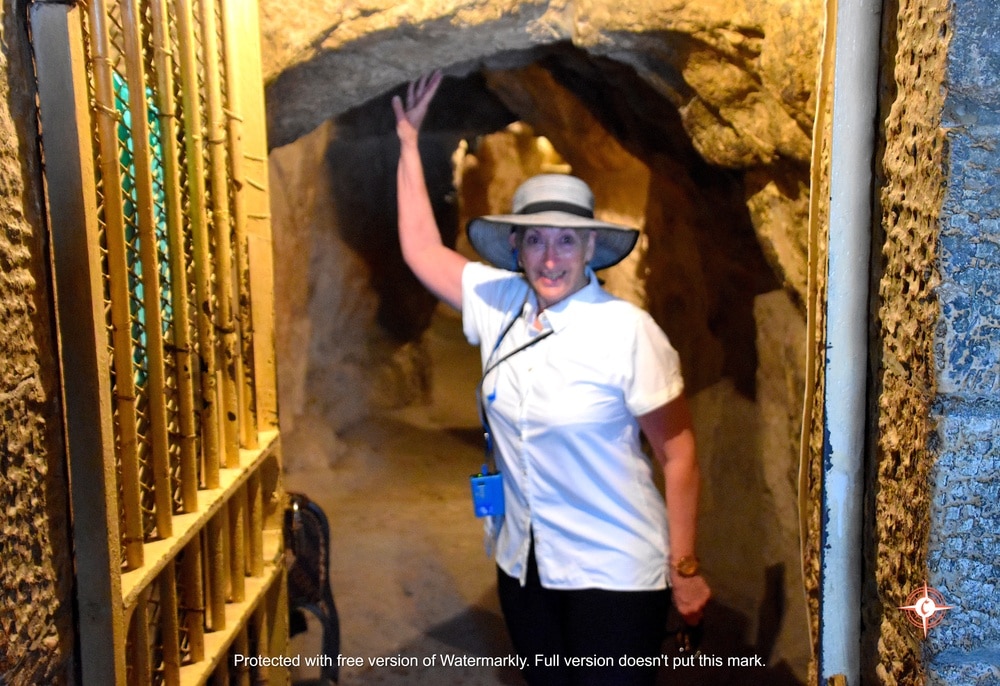

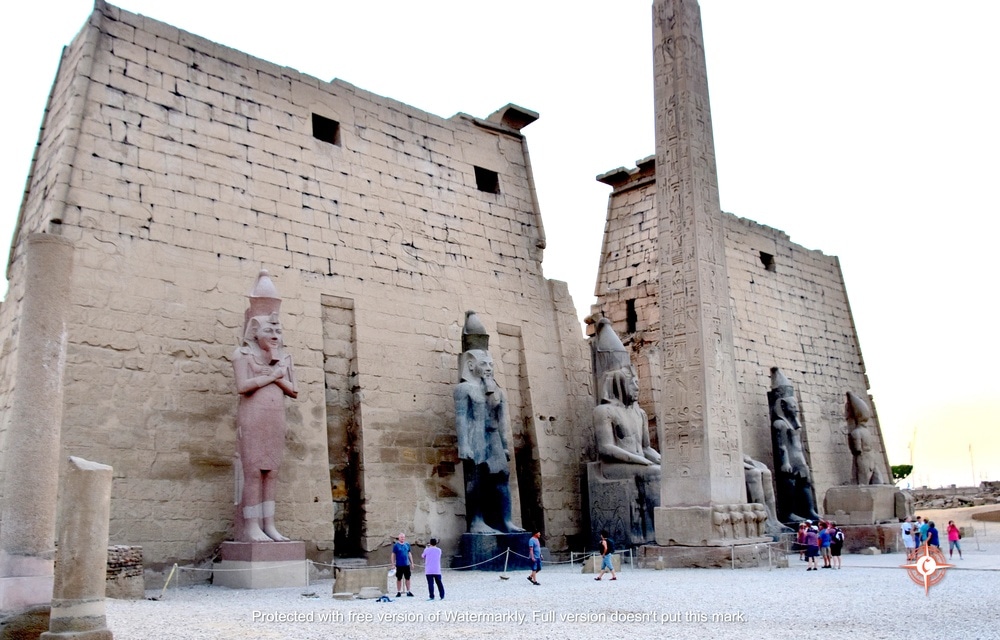
Enter ancient Nubia, Upper Egypt, south of the Aswan High Dam. Best known, and most visited of Upper Egypt temples is Abu Simbel, the literal poster-child for fundraising to save sites from rising water of Lake Nasser. Ramesses II, fresh from battle with the Hittites in 1244 BCE, built the temple as monument to his claimed victory. At the entrance sits a colossal Ramesses, flanked by major gods of the Egyptian cosmos. Inside Abu Simbel are scenes of Ramesses devastating superior numbers of the Hittite army.
Adjoining the Ramesses temple is the smaller temple to his wife, Nefertary. Statues of Ramesses are most prominent, as are scenes extolling his virility. Each of the massive interior columns are Nefertary as the love goddess Hathor, sporting a current 1960s hairstyle. Egypt can claim 3,000 years of trendsetting style.


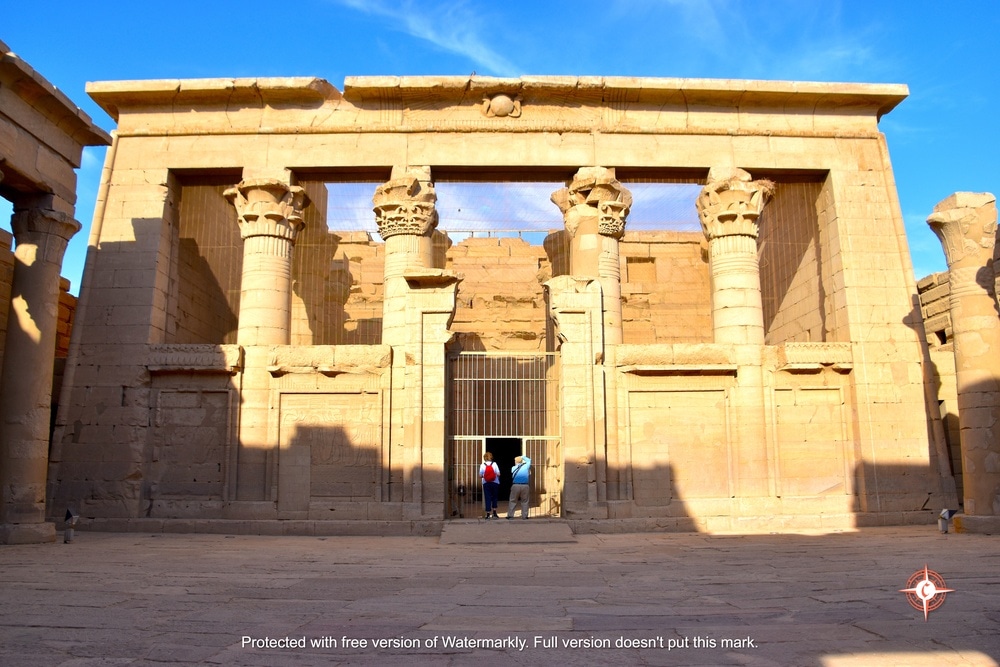
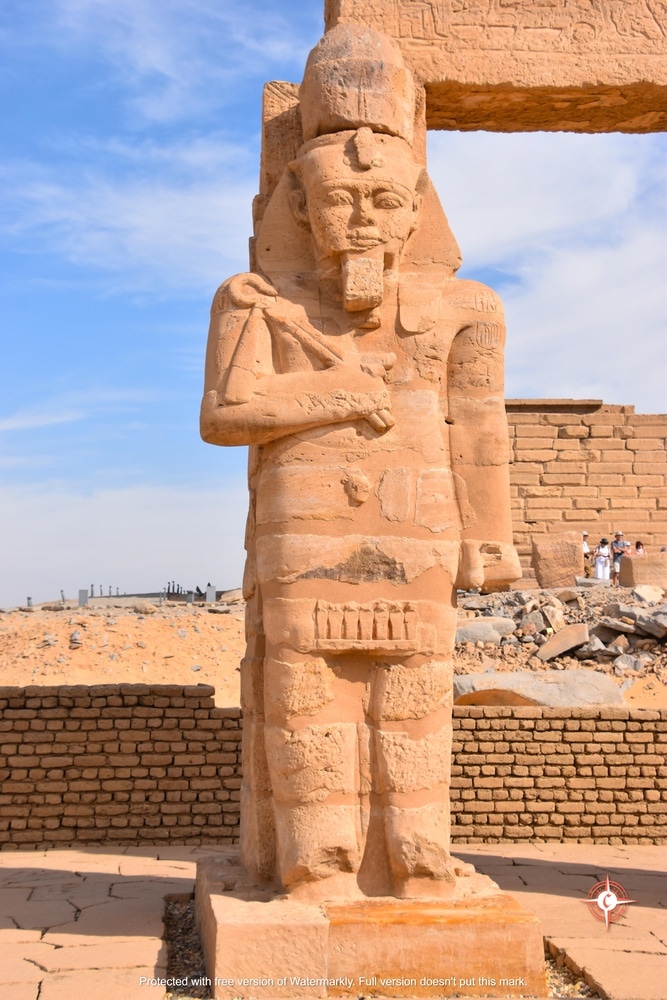
More temples sit safely above the water line around Lake Nasser. Built by New and Late Kingdom Pharaohs, the temples were expanded by Greek and Roman rulers of Egypt. Ptolemy, a general under Alexander, began the Ptolemaic Dynasty of Pharaohs, which ended with Cleopatra VII in 30 BCE. Roman control extended into the first centuries of the Christian era. Romans delighted in giving themselves cartouche memorials, in the style of Egyptian/Greek predecessors. Temples of Upper Egypt, built between two and three thousand years ago, continued the Karnak style of an entry gate, then an open inner courtyard and a second gate, leading to the inner sanctum, the holy of holies.
Largest of the Nubian temples, preserved today on Lake Nasser, is Kalabasha, known as the Karnak of Nubia, dedicated to the Nubian god Mandulis. The site also holds Beit el-Wali, a rock-cut temple to Ramesses II, Kertassi a small temple of Roman-built Hathor pillars and petroglyphs of ancient Egyptian style etched, not carved, onto rock. The pillars here are of Nubians, noted by their full-bodied stature.
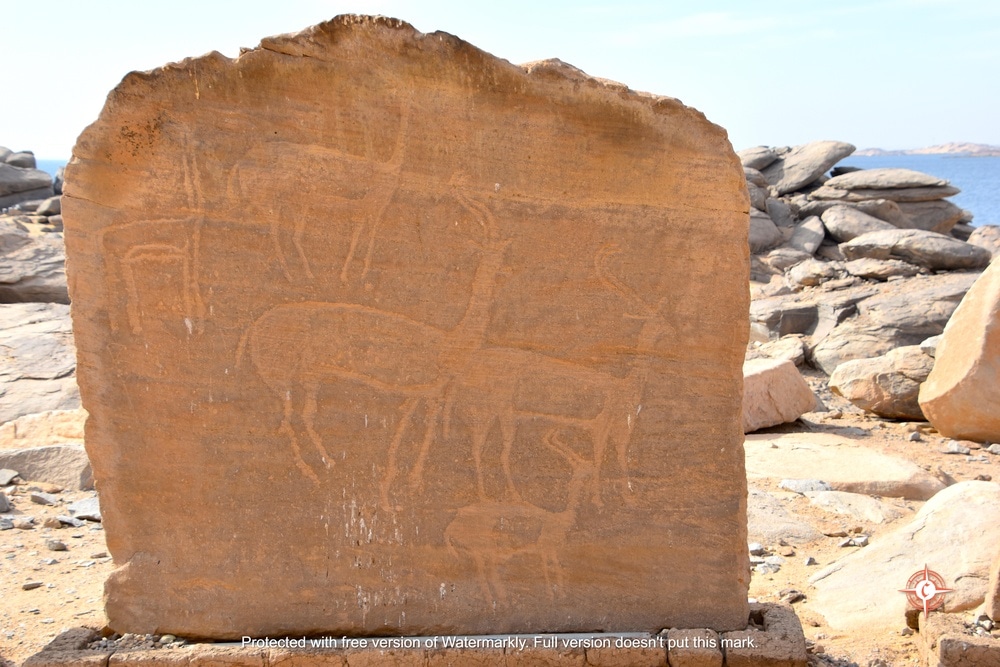

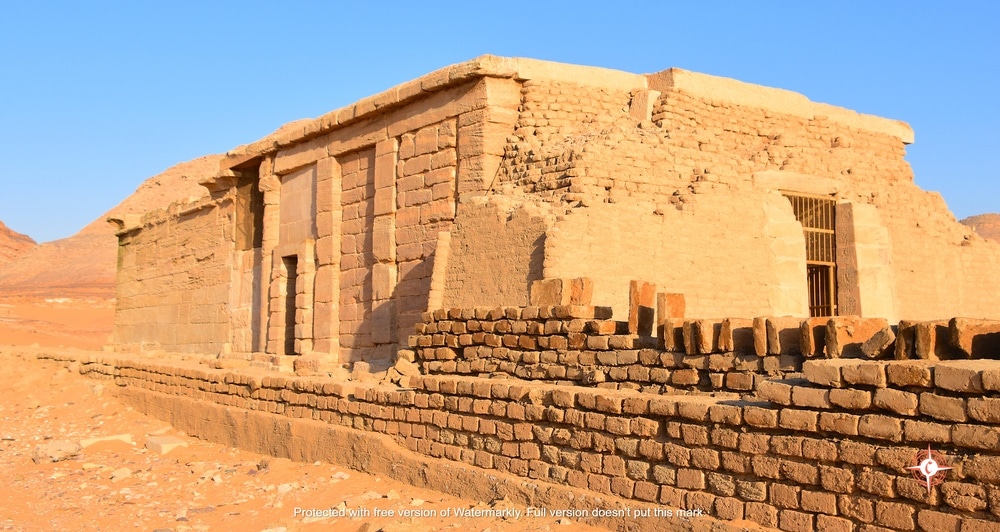
Other Upper Egypt temples accessible around Lake Nasser include twelfth century BCE Ramesses VI era Temple Amada and the nearby Tomb of Pennuit, a wealthy non-noble, with the Ramesses Temple of Derr between. Also, on the lake is the third century BCE Greco-Roman Temple of Dakka, in the Karnak style with a Roman altar. Just above the Aswan High Dam is the Ptolemaic Temple of Philae, with a Temple of Goddess Isis, a Pavilion of Roman emperor Trojan and a classic Temple of Hathor, in a nod to the Egyptians.
No longer should knowledge of Upper Egypt and its Nubian Pharaohs remain empty. The Kingdom of Kush; ally, competitor and eventual ruler of all Egypt, is well represented in stunning monuments, inviting visitors to share intimate moments, absent crowds.
Stories of Egypt and Nubia will appear in forthcoming Cruise through History©, Itinerary V – Ports of Arabia to the Atlantic. Released Cruise through History© Itineraries are available on Amazon.com.
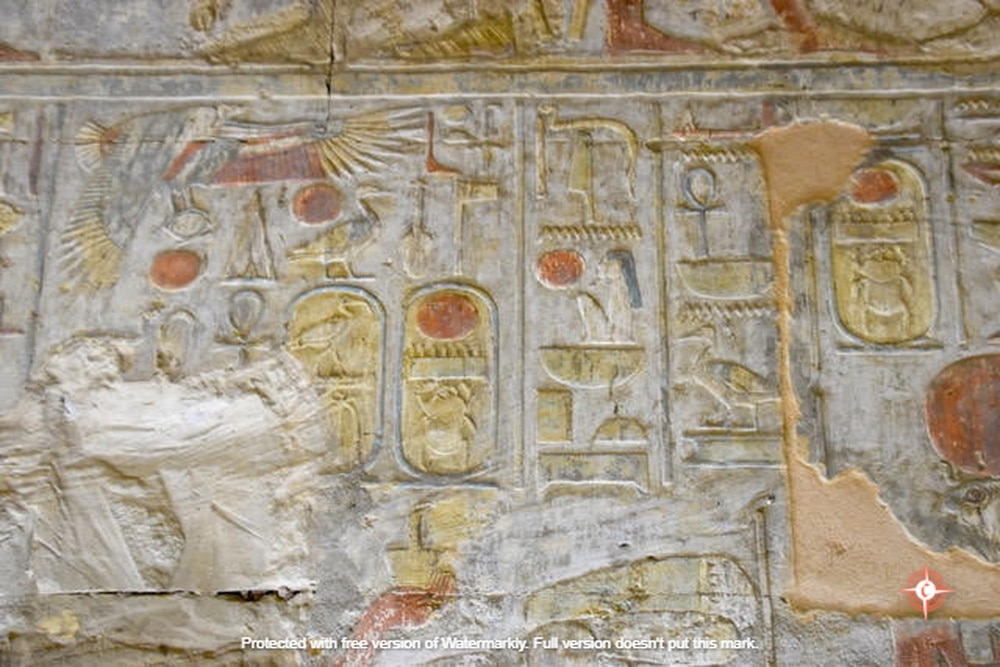


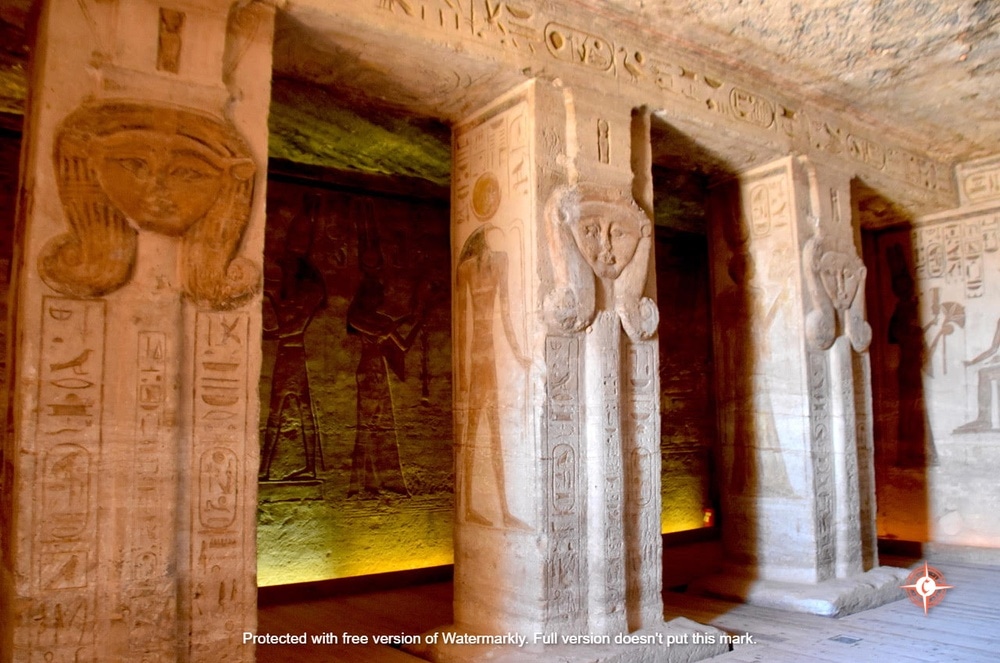
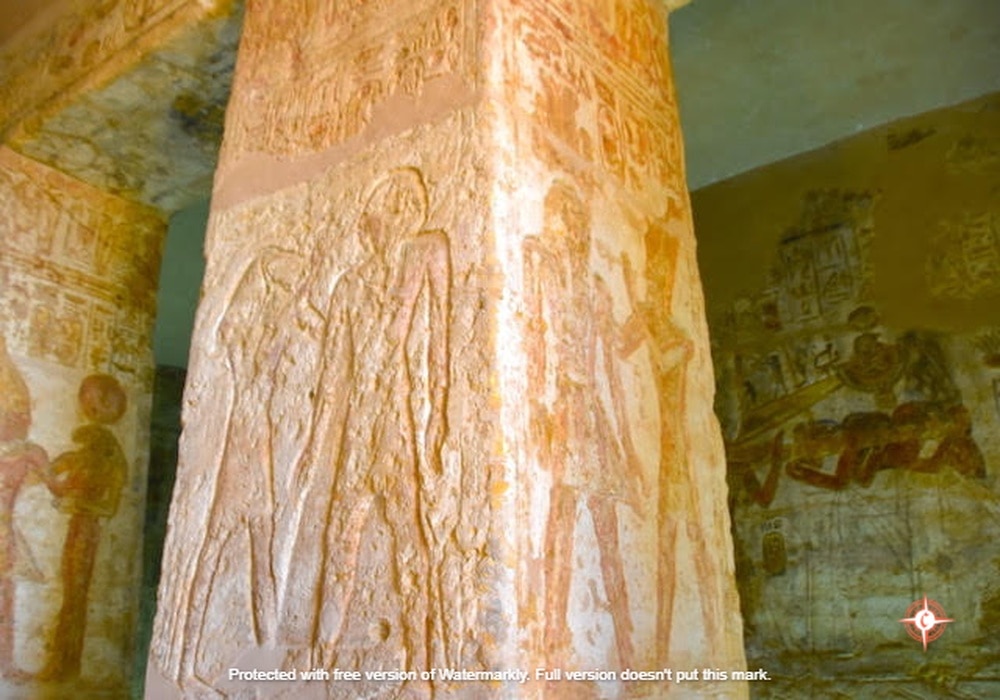

If you want to learn more about Sherry Hutt’s adventures check out one of her books on Amazon.com
